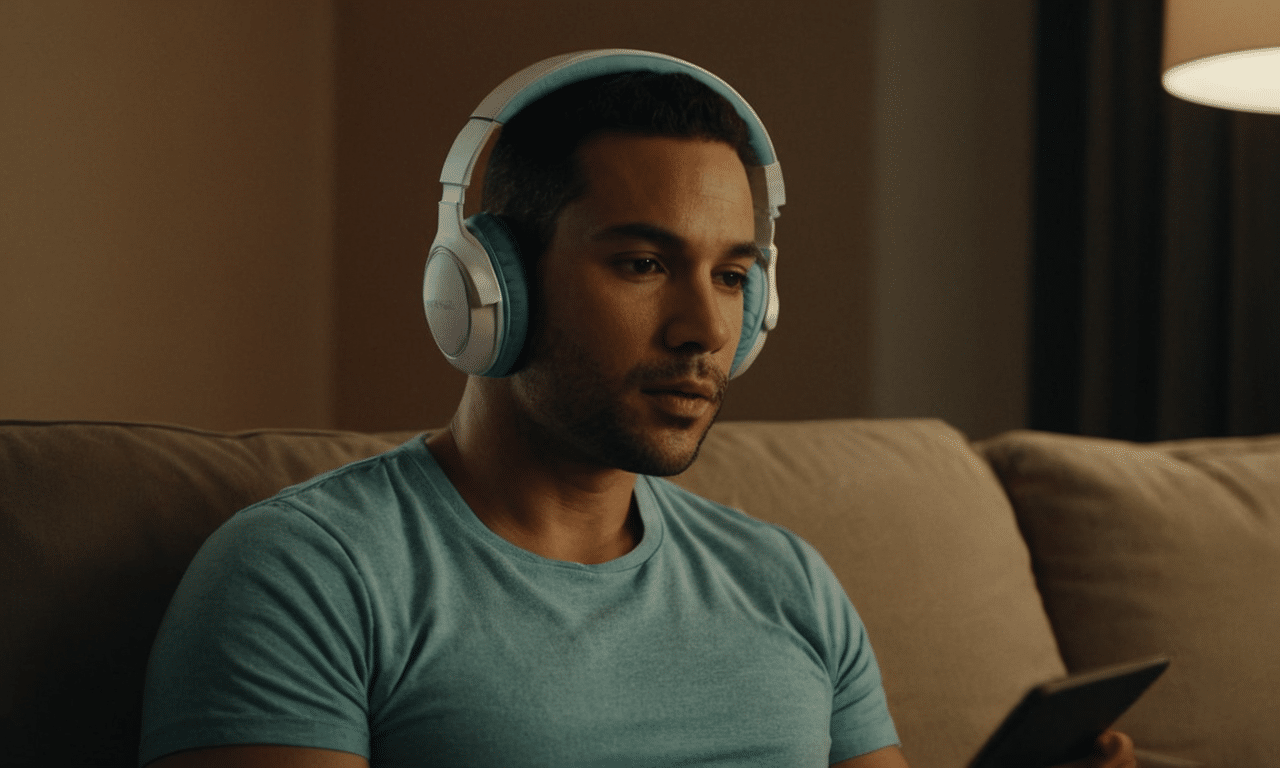What is biofeedback in psychology? This concept has been gaining attention in recent years, allowing individuals to gain insight into their physiological and psychological responses. By understanding how our bodies react to various stimuli, we can uncover hidden patterns and make meaningful changes.
What is biofeedback used for in psychology?
Biofeedback is used to help individuals become aware of their physiological responses to stress, emotions, or other stimuli, allowing them to make conscious changes to improve mental and physical well-being. It can be applied in various settings, including therapy, research, and self-help practices.
Key Applications of Biofeedback Psychology
- Reduces Anxiety Symptoms: Helps individuals manage stress responses through conscious self-regulation.
- Enhances Emotional Regulation: Teaches people to recognize and control emotional states for improved mental well-being.
- Fosters Pain Management: Provides effective techniques for reducing chronic pain and discomfort through biofeedback therapy.
- Boosts Athletic Performance: Optimizes physical performance by minimizing stress responses and promoting relaxation techniques.
- Improves Cognitive Function: Enhances focus, concentration, and mental clarity through biofeedback training and feedback loops.
- Promotes Self-Awareness Growth: Encourages individuals to develop a deeper understanding of their physiological responses for improved self-awareness.

Biofeedback Definition
Biofeedback in psychology involves using electronic devices to monitor and provide feedback on physiological activities. This can include things like heart rate, muscle tension, and brainwave patterns. By gaining insight into these physical processes, individuals can learn to influence them consciously. Think of it as a high-tech mirror for your inner workings.
Now, how does biofeedback actually work in psychological research and practice? Essentially, the devices translate subtle physiological signals into meaningful data. For instance, a beep may indicate increasing stress levels, or a visual display might show heart rate fluctuations. These signals act as a guide for practicing self-regulation techniques.
Researchers and practitioners can analyze this data to better understand stress responses and other psychological phenomena. The technique offers a hands-on approach to mental health care. It’s like getting a performance review for your body. Curious about expanding your own toolkit? Discover more about biofeedback therapy here.
Applications of Biofeedback
Biofeedback in psychology isn’t just about academic curiosity; it has real-world applications too. In therapy, it’s used to help individuals manage anxiety, depression, and even PTSD. By teaching people how to control their physiological responses, biofeedback can be a powerful tool for emotional regulation. It’s like giving your brain a user’s manual.
The method is also effective in treating chronic pain and headaches. Patients learn to recognize early symptoms and apply relaxation techniques to alleviate discomfort. Imagine reducing migraines just by watching a screen and relaxing. It’s pretty magical, right?
Even athletes benefit from biofeedback by optimizing their performance. The psychological edge gained from controlling stress responses can make all the difference in high-pressure situations. Whether you’re aiming for a gold medal or just a peaceful afternoon, the applications are versatile. If curious, check out what devices aid in biofeedback.
Types of Biofeedback
Biofeedback in psychology comes in various forms. Physiological feedback is one type, focusing on bodily functions. This includes heart rate variability and muscle tension monitoring. It’s almost like having a personal trainer, but for your inner workings.
Another variety is cognitive feedback. This technique involves monitoring brainwave activity to understand mental states better. If you’re ever worn one of those sci-fi looking caps with electrodes, you’ve been introduced to cognitive feedback. It’s an exciting way to peek inside your own mind without needing a crystal ball.
Thermal biofeedback is also a thing, which measures skin temperature differences. Often used to combat circulation issues, this type deals with physiological responses influenced by stress. Each type offers different insights, making the field incredibly rich and varied. Want more specifics? Get the lowdown on the most effective types here.
Biofeedback in Psychological Practice
Hands-on application of biofeedback in psychology is increasingly common. Counselors use it to teach clients how to manage anxiety and stress. Imagine working through your issues with not just talk therapy but also real-time data showing your progress. It’s like therapy meets reality TV—but way more beneficial.
Educational settings are also embracing biofeedback. Schools use it to help students develop focus and concentration skills. Picture a classroom where instead of being reprimanded, kids get immediate feedback on their stress levels and learn to adjust accordingly. It’s transformative for both students and teachers.
Workplaces are exploring biofeedback too. Employees learn stress management techniques on-site, improving overall well-being and productivity. Whether you’re crunching numbers or corralling a classroom, the implementation of biofeedback provides tangible benefits. Interested in a deeper dive? Read more on biofeedback practices here.
| Feature | Description | Importance |
|---|---|---|
| Biofeedback Definition | A high-tech mirror for your inner workings, monitoring physiological activities. | High |
| Applications of Biofeedback | Real-world uses in therapy, chronic pain management, and athletic performance enhancement. | High |
| Types of Biofeedback | Variations including physiological, cognitive, and thermal feedback techniques. | Medium |
| Biofeedback in Psychological Practice | Hands-on application in therapy, education, and workplace settings. | High |
| Data Analysis | Researchers and practitioners analyze data to better understand stress responses and psychological phenomena. | Medium |
Personal Thoughts
I’ve come to realize that my struggles with stress and anxiety were a wake-up call for me to take control of my well-being. By applying the principles I’ve learned, I’ve been able to develop a deeper understanding of my body’s responses to stress.
As I continue to refine my approach, I’m grateful for the opportunity to share these insights with others who may be facing similar challenges. My hope is that by sharing my experiences and lessons learned, I can help others find a path towards greater resilience and balance in their own lives.
Frequently Asked Questions
What is biofeedback in psychology?
Biofeedback in psychology refers to the process of using technology to monitor and provide feedback on a person’s physical responses, such as heart rate, skin temperature, or muscle tension, in order to help them become more aware of their bodily reactions and learn to control them. This can be used to manage stress, anxiety, and other psychological conditions.
How is biofeedback used in psychology research?
Biofeedback is often used in psychology research to study the relationship between physiological responses and emotional states. Researchers may use biofeedback equipment to measure a person’s heart rate or skin conductance while they are presented with different emotional stimuli, such as images or sounds, in order to understand how their body responds to certain emotions.
What are some common applications of biofeedback in psychology practice?
Biofeedback is commonly used in the treatment of anxiety disorders, such as generalized anxiety disorder and panic disorder. It may also be used to help people manage chronic pain, insomnia, and other health conditions. Biofeedback can be used individually or in conjunction with other forms of therapy, such as cognitive-behavioral therapy.
Can biofeedback be used for personal development and self-improvement?
Yes, biofeedback can be used for personal development and self-improvement. By using biofeedback equipment to monitor and control their physiological responses, people may be able to improve their mental and physical well-being, increase their self-awareness, and develop greater emotional intelligence. This can involve practices such as meditation or yoga.




